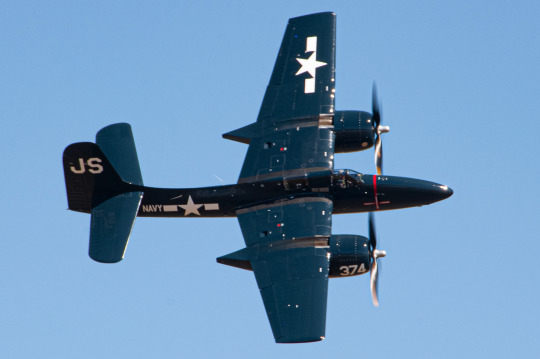#F7F Tigercat
Explore tagged Tumblr posts
Text

Pima Museum AZ
F7F-3 VMF-312 80410
October 1995。
@headdancer7 via X
20 notes
·
View notes
Text

Grumman F7F Tigercat - 'Bad Kitty'
@ron_eisele via X
19 notes
·
View notes
Photo

Tigercat, unf. Oshkosh 2022
210 notes
·
View notes
Note
13
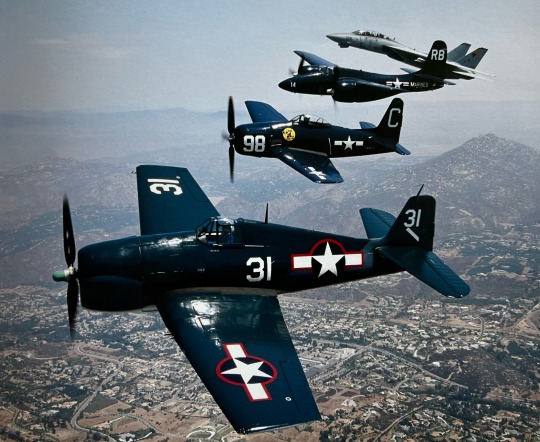
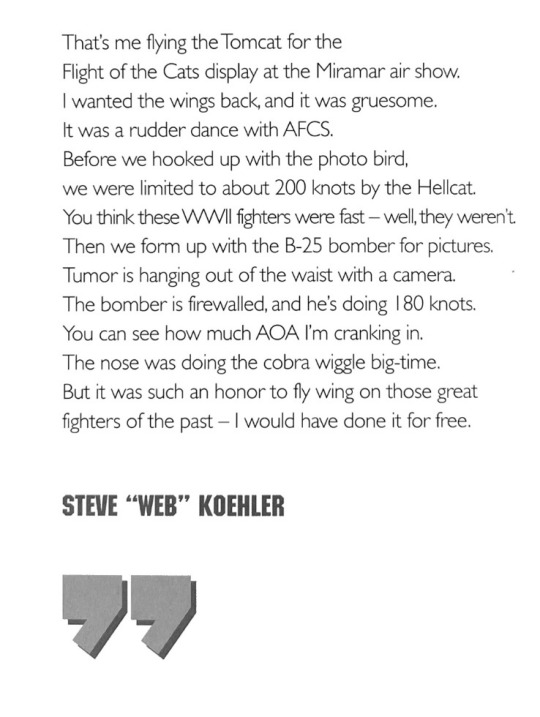
#Grumman F-14 Tomcat Bye-Bye Baby…!#<- use this tag to find all prior pages#Official Caption: A pounce of Grumman 'Cats --F6F Hellcat F8F Bearcat F7F Tigercat F-14 Tomcat ©️TOM TWOMEY/PLANEPIX.COM#page 13#f-14 tomcat#Grumman#f6f hellcat#f7f tigercat#f8f bearcat#wwii#steve web koehler
28 notes
·
View notes
Text

Nose art on a flying 1945 F7F-3 Tigercat at the Planes of Fame Air Museum Airshow in Chino, California
78 notes
·
View notes
Text




Grumman F7F Tigercat
20 notes
·
View notes
Text
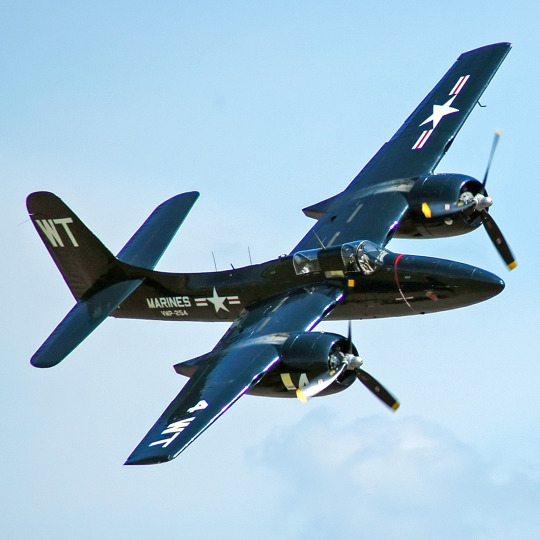
Grumman F7F-3P Tigercat in US Marine livery.
Date: July 10, 2005
Photographed by Kogo: link
#Grumman F7F Tigercat#F7F#fighter#July#2005#aircraft#US Marines#United States Marine Corps#Marines#my post
196 notes
·
View notes
Text













F7F-3N Tigercat
#scalemodel#scalemodelling#modelismo#modelbau#148scale#tigercat#f7f#koreanwar#icecoldwarriors#amt#ertl#usmc
4 notes
·
View notes
Text

submission note: submitting this one cause theres this fun fact where it was originally going to be named the F7F Tomcat, but they changed the name cause they thought it had, and i quote, "excessively sexual overtones"
52 notes
·
View notes
Text

Grumman F7F Tigercat, (XF7F-1) first twin-engine fighter to enter service with the US Navy, seen here circa November 1943
18 notes
·
View notes
Text
As a fan of twin engine heavy fighters, I really have to wonder what impact the Grumman F7F Tigercat might have had if it had come out earlier in the war.
2 notes
·
View notes
Text

Randy’s Warbird Profiles: Grumman F7F-3P Tigercat
June 28, 2024 Angela Decker Warbirds News 0
By Randy Malmstrom
Since his childhood, Randy Malmstrom has had a passion for aviation history and historic military aircraft in particular. He has a particular penchant for documenting specific airframes with a highly detailed series of walk-around images and an in-depth exploration of their history, which have proved to be popular with many of those who have seen them, and we thought our readers would be equally fascinated too. If Randy’s last name seems familiar, it is because the U.S. Air Force’s present-day Malmstrom AFB, near Great Falls, Montana is named in honor of his cousin, Col Einar Axel Malmstrom. Col Malmstrom commanded the 356th Fighter Group during WWII, flying P-47 Thunderbolts, the first of Randy’s articles featured an example of the type, P-47D 45-49406 (N7159Z) at the Flying Heritage & Combat Armor Museum in Everett, Washington.

This installment of Randy Malmstrom’s aircraft profiles takes a look at the Grumman F7F Tigercat. On January 2, 1930, Grumman Aircraft Engineering Aircraft Corporation was founded by Leroy (“Roy”) Grumman three of his friends, Leon (“Jake”) Swirbul, William Schwendler, and Edmund Ward Pool, when they left Loening Aeronautical Engineering Corporation. First located in Baldwin, New York, the plant was moved to Valley Stream and Farmingdale before moving to Bethpage, New York in 1937. Initially nicknamed the “Tomcat” (but considered too suggestive), what became the “Tigercat” was designed as a carrier-based aircraft for the larger U.S. Navy Midway-class carriers.
Detail design began in 1941 but was delayed by including an “unsatisfactory” tailhook design and poor directional stability with only one engine operational, but the biggest delays came from the Navy asking Grumman to give priority to the development and production of the Hellcat. The Tigercat was powered by a pair of Pratt & Whitney R-2800-34W Double Wasp radial engines and was fitted with four M2 cannons (two in each wing root) and four 0.50 cal. M2 Browning machine guns in the nose. It had a max payload of 2,000 lbs. and could be configured to as a single or two-seater.

XF7F 1 at Moffett Field 1946
XF7F-1 BuNo 03550, the second prototype, at Moffett Field, California in 1946. NASA photo
In November 1944, F7F-1 BuNo 80291 completed the type’s carrier qualification trials aboard USS Shangri-La (CV-38), but by that time the land-based VMF-911 had been training on F7F-1s at MCAS Cherry Point, North Carolina since the summer of 1944. After producing just 34 -1s, Grumman began turning out F7F-2s, which, at the Navy’s request provided space for a radar operator, which required the capacity of the reserve fuel tank to be reduced from 426 to 375 gallons.
The story of the Tigercat in World War II is a case of so close, yet so far. The first squadron to receive the F7F-2N was Marine Night Fighter Squadron Five three One (VMF(N)-531) Grey Ghosts, which embarked aboard USS Attu (CVE-102) on July 24, 1945. As the ship neared Guam, the atomic bomb was dropped on Hiroshima on August 6. After unloading in Guam, the squadron arrived on Okinawa on September 1, the day before the Japanese signed the “Japanese Instrument of Surrender the following day. The same fate befell Marine Photographic Squadrons Two Five Four (VMD-254) and Three Five Four (VMD-354), both of which operated the F7F-3P. The combat debut of the Tigercat would have to wait five years just across the Sea of Japan. During Korea, VMF(N)-542 Tigers and -513 Flying Nightmares flew night interdiction and close air support sorties with the latter squadron shooting down a pair of Po-2 biplanes on night harassment raids. Combat operations for the Tigercat ended in April 1952, when the Flying Nightmares flew it final combat sortie, although a number of F7F-3N/-4N/-3Ps continued to fly in non-combat roles until the end of the war.

While 1,500 Tigercats were commissioned, fewer than 500 were delivered, and, to my knowledge, only eight remain airworthy. This particular F7F-3P, BuNo 80483, was delivered to the U.S. Navy on July 24, 1945 and was assigned to NAS San Diego. After 46 hours of non-combat flying time, it was relegated to the boneyard at NAS Litchfield Park, Arizona but became one of less than twenty Tigercats eventually rescued from Litchfield. This example flew for SIS Q Flying Services out of Santa Rosa, California. In 1962, SIS Q Flying Services of Santa Rosa, California won a National Forest Service contract to provide airborne forest fighting services in California and Oregon and acquired a number of Tigercats, including 80483, and outfitted them for aerial fire fighting operations. Registered as N6178C, this aircraft flew over 1,300 hours with SIS Q Flying Services before eventually being sold.
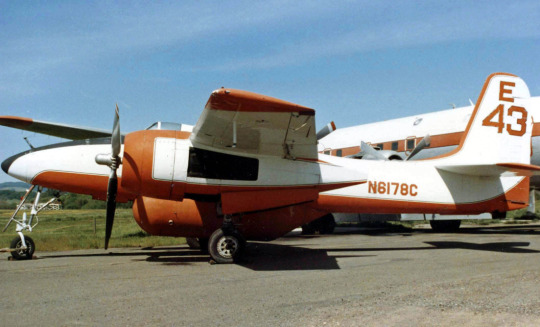
Grumman F7F 3N Tigercat Sis Q Santa Rosa CA March 3 1988 RuthAS
Our subject Tigercat in Santa Rosa, California on March 29, 1988 during its career with Sis Q Flying Services. RuthAS photo.
In November 1988, it was shipped to Duxford, U.K., and for a time was painted as a Tigercat of U.S. Marine Corps VMF(N)-542. It was then acquired by a John Sessions entity in 2003 for the Historic Flight Foundation which is now shuttered but was previously located in Spokane, Washington. In 2016, it was sold to Comanche Maverick Air, L.L.C., a Houston, Texas-based entity, owned by Dan Friedkin. It is currently painted as an F7F-3P with tail code “MW” of U.S. Marine Corps VMJ-1, and in the name of a former Tigercat pilot, aeronautical engineer and author Lieutenant Commander A.M. “Mike” Granat, United States Navy (Ret.), Lt Commander Granat flew over 30 aircraft, including the Tigercat.

About Randy Malmstrom
Randy Malmstrom grew up in a family steeped in aviation culture. His father, Bob, was still a cadet in training with the U.S. Army Air Forces at the end of WWII, but did serve in Germany during the U.S. occupation in the immediate post-war period, where he had the opportunity to fly in a wide variety of types which flew in WWII. After returning to the States, Bob became a multi-engine aircraft sales manager and as such flew a wide variety of aircraft; Randy frequently accompanied him on these flights. Furthermore, Randy’s cousin, Einar Axel Malmstrom flew P-47 Thunderbolts with the 356th FG from RAF Martlesham Heath. He was commanding this unit at the time he was shot down over France on April 24th, 1944, spending the rest of the war as a Prisoner of War. Following his repatriation at war’s end, Einar continued his military service, attaining the rank of Colonel. He was serving as Deputy Wing Commander of the 407th Strategic Fighter Wing at Great Falls AFB at the time of his death in a T-33 training accident on August 21st, 1954. The base was renamed in his honor in October 1955 and continues to serve in the present U.S. Air Force as home to the 341st Missile Wing. Randy’s innate interest in history in general, and aviation history in particular, plus his educational background and passion for WWII warbirds, led him down his current path of capturing detailed aircraft walk-around photos and in-depth airframe histories, recording a precise description of a particular aircraft in all aspects.
Author ProfileRelated Posts
Angela-Decker
Angela Decker, from McPherson, Kansas, discovered her passion for aviation after earning a Master’s in Military History from Norwich University in 2011. Since 2012, she has volunteered with vintage aviation groups, excelling as a social media content creator and coordinator. Angela has coordinated aviation and WWII events, appeared as Rosie the Riveter, and is restoring a Stearman aircraft. She is the Operations Logistics Coordinator at CAF Airbase Georgia and an accountant with a degree in Economics from the University of Georgia. Her son, Caden, shares her love for aviation and history and is studying Digital Media Arts.
@VintageAircraftNews.com
9 notes
·
View notes
Photo
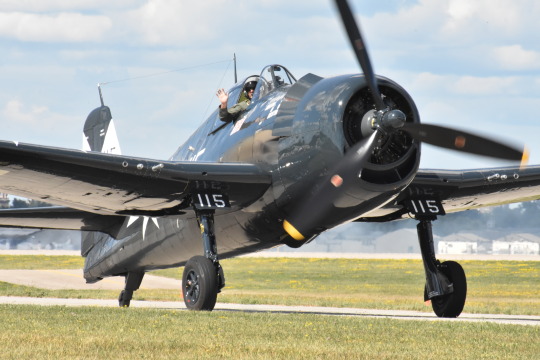


Six Seven Eight. Oshkosh 2022
233 notes
·
View notes
Text


Solid aluminum Grumman F7F-3 Tigercat, in 1/40th scale
1 note
·
View note
Text
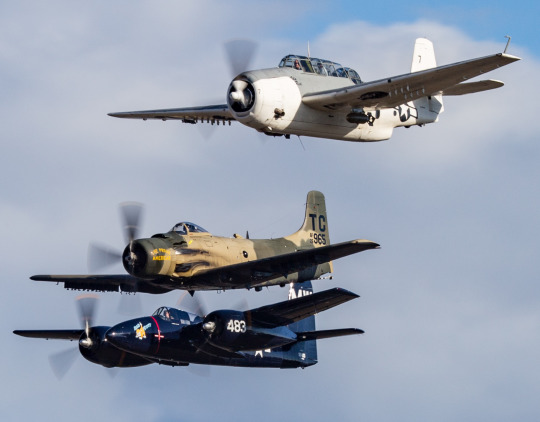
Vintage Aircraft Weekend at Paine Field
Top to bottom: Grumman TBF Avenger, Douglas A-1 Skyraider, Grumman F7F Tigercat
#Grumman#TBF#Avenger#Torpedo bomber#Douglas#A-1#Skyraider#F7F#Tigercat#Fighter Bomber#warplanes#vintage aircraft#aviation#airplane#planes
97 notes
·
View notes
